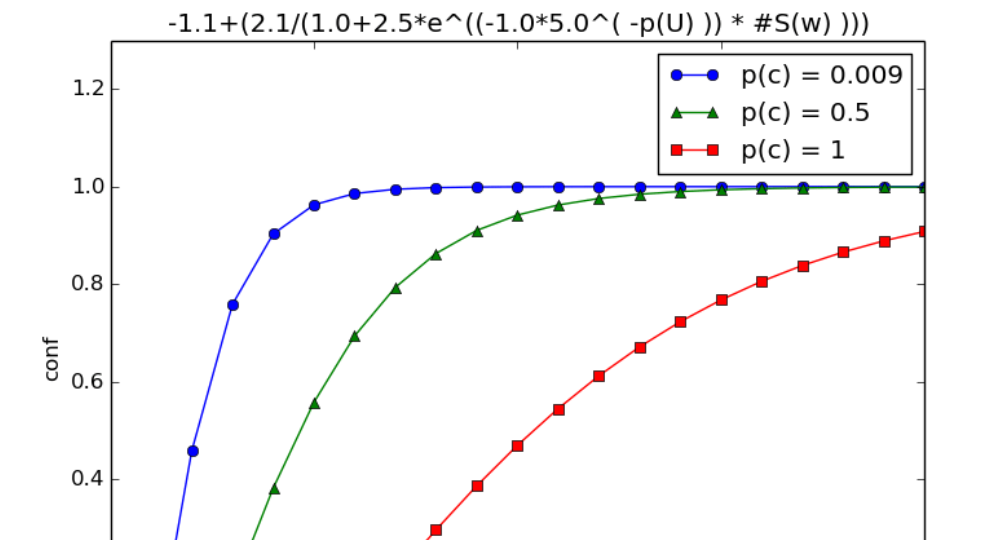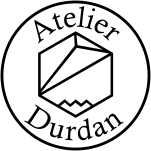
Choosing the right GAP or aggressiveness of your safety razor
Here is a question that comes up regularly, whether from beginners or experienced people: how to choose the right base plate when buying your razor? Between the cutting angle, the exposure of the blade and the GAP, each manufacturer has its own recipe, and it is difficult to make the right choice. So I will share my point of view, valid for Atelier Durdan razors but also for other manufacturers.
We'll break down each of these parameters to create a solid foundation of understanding.
1. The cutting angle
This parameter is probably the most overlooked in the analysis of razors, while it is of paramount importance. The cutting angle refers to the angle between the blade and the skin. The more acute this angle, the more easily the blade penetrates the skin, which can lead to cuts. Conversely, a more obtuse angle makes the shave safer.
Choosing the right angle is crucial: too sharp an angle can be dangerous, while too obtuse an angle will make the shave ineffective. Each manufacturer defines its angles according to the desired results. At Atelier Durdan, we prefer fairly wide cutting angles for greater smoothness and safety.

2. Exposure of the blade
Blade exposure is the distance the blade extends past the razor's contact point with the skin. It can be positive or negative. A greater exposure gives a more intense blade sensation, while a negative exposure pulls the skin toward the razor, reducing the blade sensation.
This exposure also affects the actual cutting angle, as it is difficult to maintain full contact with a large blade exposure without risking cutting yourself. So you have to choose between shaving against the top cover (smaller cutting angle) or against the base plate (larger cutting angle).

3. The GAP
The GAP is the distance between the blade and the base plate. The larger the GAP, the more the skin can deform, forming a ridge under the blade that allows the hair to be cut closer. However, a larger GAP reduces the safety of the cut, while a smaller GAP improves safety but reduces the effectiveness of the shave.
Point to consider: GAP is measured at the closest point of contact on the base plate, but this value may be insufficient if the base plate has a gradual shape, called "offset GAP".
Typically, increasing the GAP is accompanied by an increase in blade exposure, but this is not the case with our Le Maurice model. We designed this model to increase the efficiency of the razor without increasing its aggressiveness too much. Our La Faulx and Vestige models are configurable in terms of aggressiveness, thus influencing the GAP and blade exposure.

From a practical point of view
I often ask clients about their shaving experience, the hardness of their hair, the sensitivity of their skin, their preference in terms of blade feel and also the desired frequency of shaving.
To go further, send us an advice request form: HERE
